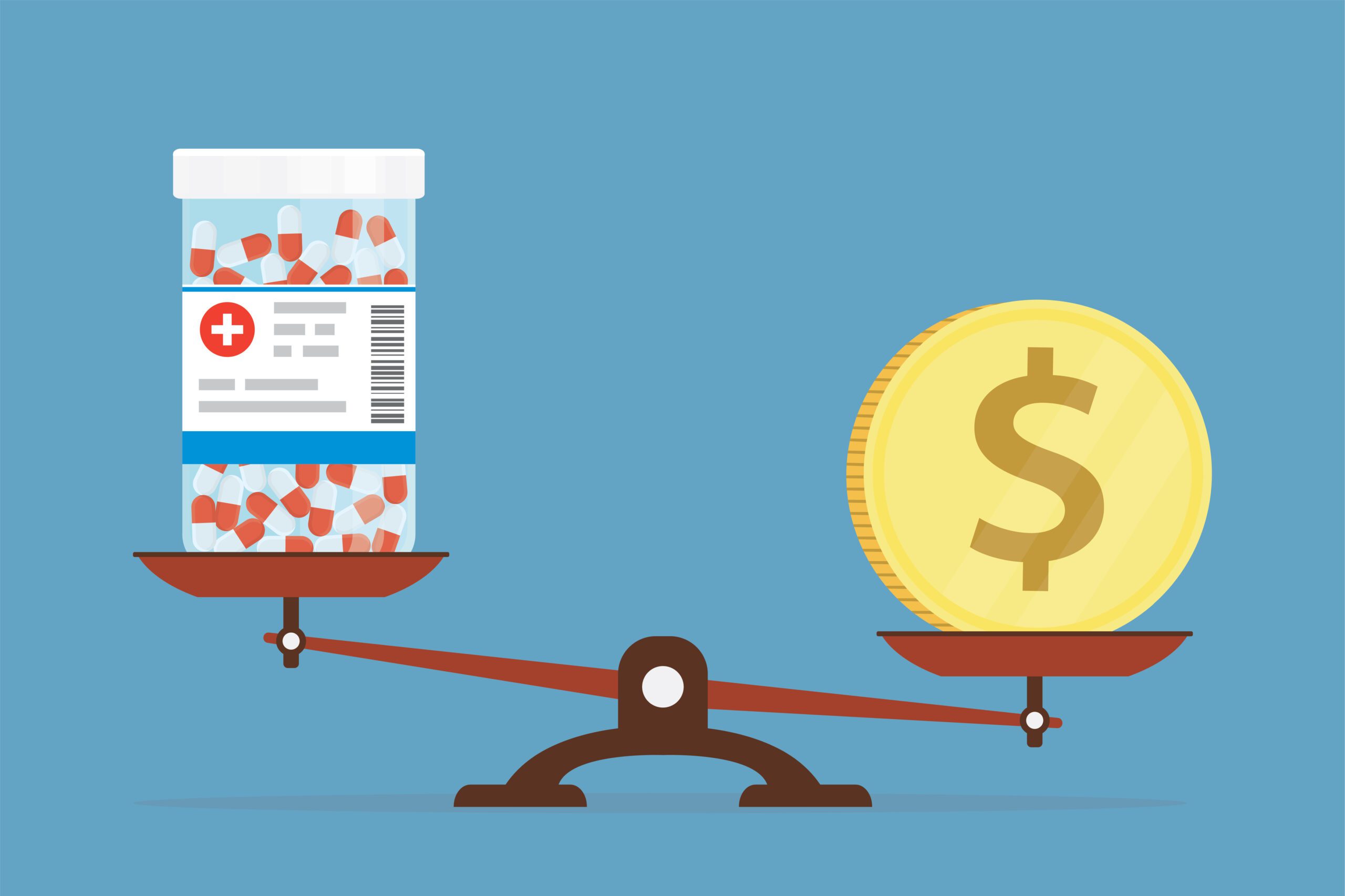Upgrading existing software can be a daunting task to undertake, one that requires planning and freeing of resources to be successful. It’s one of the reasons health plans might put off keeping their systems up to date. But upgrading software presents an opportunity to evaluate current workflows while preparing your organization for growth.
In a recent ACAP Webinar entitled “It’s About the Digital Journey, Not the Destination” Dr. Christine Messersmith, CMO of Denver Health Medical Plan, discussed the decision to upgrade their GuidingCare system and how they optimized this opportunity with the support of the HealthEdge team.
Dr. Messersmith outlined some key considerations when planning an upgrade:
- Upgrading can be resource-heavy but it’s necessary for growth: Without it, you can’t take advantage of new features and prepare yourself for growth, but by resourcing properly and ensuring operational processes are streamlined, you can maximize what the product can do for your organization
- Be thoughtful and planful: Consider and plan for known challenges before beginning an upgrade, such as regulatory requirements and the need to re-evaluate and ensure the requirements are addressed.
- Don’t expect the software to fix workflow issues: Existing workflow challenges and inefficiencies may continue after an upgrade unless they are addressed. Be clear about anything that isn’t going well and work to ensure that erroneous workflows aren’t being embedded into the new product.
- Leverage the upgrade to uncover and solve internal issues: An upgrade can be an opportunity to uncover any challenges that exist and to solve them.
When Denver Health Medical Plan began planning for an upgrade, they knew that they wanted to optimize the opportunity. Several questions began to arise – what is the goal? what are we trying to accomplish? What things don’t we know about our system that we should? And so, they reached out to the HealthEdge team to leverage their knowledge and expertise through a service called .
During a , from the HealthEdge team go to the client site to sit with the end users and understand how they are currently using the system. They look for opportunities for improvement, which may take the form of additional training or different configurations of the software.
“As a vendor, we are your partners, and we want to make sure that you succeed. We want to be a partner of yours and the ultimate goal is to make sure that your members are taken care of,” says Jennie Giuliany, RN, Lead Clinician of Client Management at HealthEdge, who partnered with throughout the upgrade process.
Dr. Messersmith promotes taking advantage of the team that knows the software best – the vendor – and acknowledging that the users may often need to relearn a product to optimize it. “We identified opportunities that we didn’t know existed, things that were in our contract… that we weren’t really using. We figured out how to take ownership of the product.”
To learn more about Denver Health Medical Plan’s upgrade journey and how the HealthEdge team was able to help them optimize and accelerate their digital transformation, listen to this webinar or contact us.

